Jakarta, originally Batavia or Djakarta (1949–72), is Indonesia's largest city and capital. Jakarta is located on the northwest coast of Java, on Jakarta Bay, at the mouth of the Ciliwung (Liwung River) (an embayment of the Java Sea). It is practically coextensive with Greater Jakarta's metropolitan district (Jakarta Raya) and Jakarta's daerah khusus ibukota (special capital district), which includes a number of small offshore islands in the Java Sea.
When the city was designated as a special capital district in 1966, it obtained status similar to that of a state or province. The city has traditionally been a significant commercial and financial center. It has also grown into a significant industrial metropolis and a major educational center. 255-square-mile special capital district (661 square km). Pop. Greater Jakarta had an estimated population of 8,342,435 in 2000 and 8,361,079 in 2010. Greater Jakarta had an estimated population of 9,586,705 in 2010 and 9,607,787 in 2010.

Site in the city
Jakarta is built on a low, flat alluvial plain with historically large swampy sections; the city's inland areas are significantly higher. During the wet season, it is readily inundated. Flooding has become more dangerous as a result of the draining of marshes for construction purposes and the continued loss of upland forest cover. Due to the abundance of water in the soil, Jakarta has a clean drinking water deficit, which is growing in demand. Because the majority of the soil is of old volcanic origin, the area is ideal for fruit and other agriculture.
Climate
Jakarta is a tropical, humid metropolis with yearly temperatures ranging from 75 to 93 degrees Fahrenheit (24 to 34 degrees Celsius) with a relative humidity of 75 to 85 percent. In January, the average mean temperature is 79 degrees Fahrenheit (26 degrees Celsius), and in October, it is 82 degrees Fahrenheit (28 degrees Celsius). More than 67 inches of rain falls each year (1,700 mm). Sea winds frequently alter temperatures. Jakarta, like any other large metropolis, suffers from pollution of the air and noise.

Layout of the city
Despite the fact that the Dutch were the first to attempt to organize the city, the layout is more British than Dutch, as seen by big squares like Medan Merdeka ("Freedom Field") and Lapangan Banteng ("Place of the Gaur [giant wild bull]"). The Oriental style, or "indische" style, is evident not only in the city's manner of life, but also in the styles of dwellings, the broad, tree-lined streets, and the original big gardens and house lots. Houses and garden lots are substantially smaller in Kebayoran, a satellite town created on the southwestern part of the city during World War II, and other modern constructions than in the older colonial districts.
People
Since 1940, Jakarta's population has grown considerably. Much of this growth can be ascribed to immigration, which has helped Jakarta become one of the world's most populous cities. Despite government rules barring unemployed newcomers from entering the city, better economic conditions inevitably draw newcomers. Furthermore, because so much of the population is young, there is a lot of room for natural growth. After the West Javanese, the major groups represented in the immigrant stream are the Central and East Javanese, with a significant number from Sumatra. Arabs, Indians, Europeans, and Americans make up a minor percentage of the population.
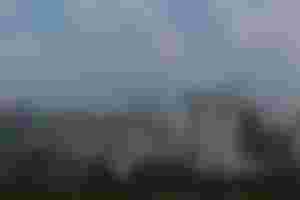
Jakarta's economy
Jakarta serves a variety of economic functions. It can be classified as the country's capital and a central control point for the economy, as well as an administrative center in its own right and a major industrial hub. Furthermore, its location as a port makes it a significant trade hub.
Manufacturing
There are some manufacturing industries in Jakarta. Several iron foundries and repair shops, as well as margarine and soap manufacturers and printing businesses, can be found in the area. Manufacturing includes the production of machinery, cigarettes, paper, glassware, and wire cable, as well as aluminum and asbestos, and, more recently, automobile items. Tanneries, sawmills, textile mills, food processing companies, breweries, and a film industry are all present.

Services in finance and other fields
The expense of life in the metropolis is steadily increasing. Rents are high and land is pricey. Industrial development and new house construction are often carried out on the outskirts, whereas commerce and banking are focused in the city center. The Indonesian Chamber of Commerce is engaged in promoting commerce with other countries, as is the yearly Jakarta Fair (which takes place in July and August). Jakarta is home to about a quarter of Indonesia's trade and services, as well as two-thirds of the country's banking and financial industries.
Transportation
Major road arteries run west from Kota's city center and east and south from Gambir's administrative center. Congestion and pollution are both serious issues. A significant train connects the city to the rest of the island of Java to the east. Between Jakarta and the agriculturally fertile districts of East and Central Java, there is also a highway, which serves primarily as a regional supply road. A road and railroad connect Jakarta with Bogor, Sukabumi, and Bandung to the south. To the west, a railroad and road connect Banten and Merak, which is connected to Lampung in Sumatra by ferry.

Life in the arts
The Taman Ismail Marzuki centre, among other things, provides facilities for traditional and classical art performances, as well as theatres for modern plays and concerts, as well as a planetarium. Wayang dance and theatre, gamelan music, and wayang kulit shadow puppet shows are all traditional performances. Traditional acts showcasing the culture of other parts of Indonesia are incorporated in the annual Jakarta Fair's programming.
Image Sources:
Image by David Mark from Pixabay
Image by Tresia Hoban from Pixabay
Image by iqbal nuril anwar from Pixabay
Image by Febri Amar from Pixabay
Image by Fuzz from Pixabay
Image by Zulvan Kurniawan from Pixabay
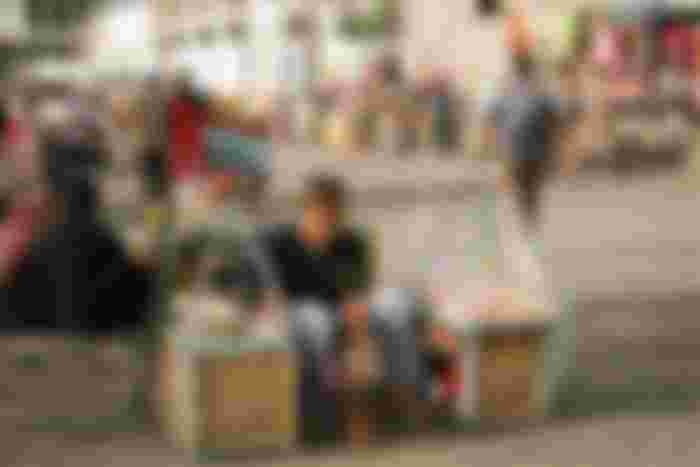
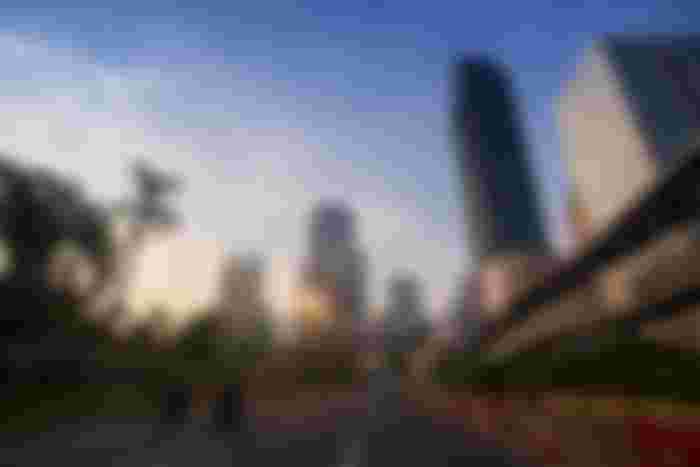
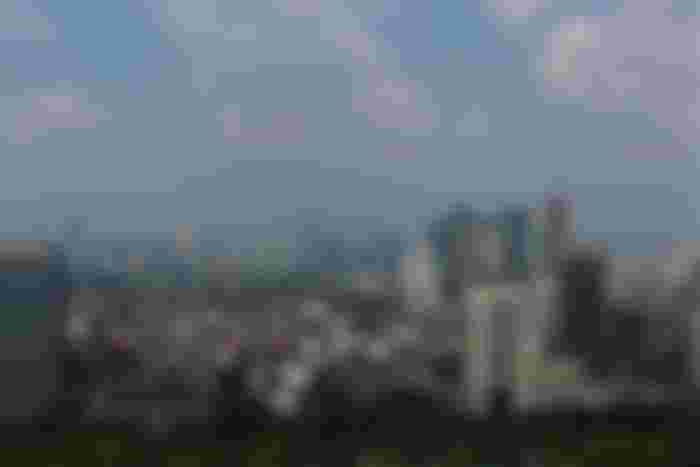
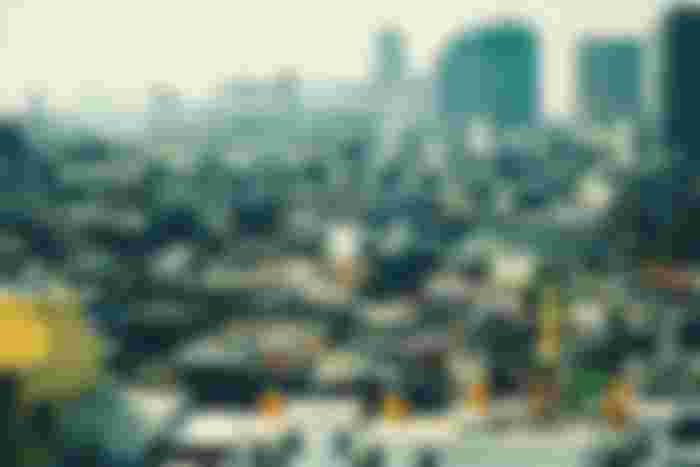
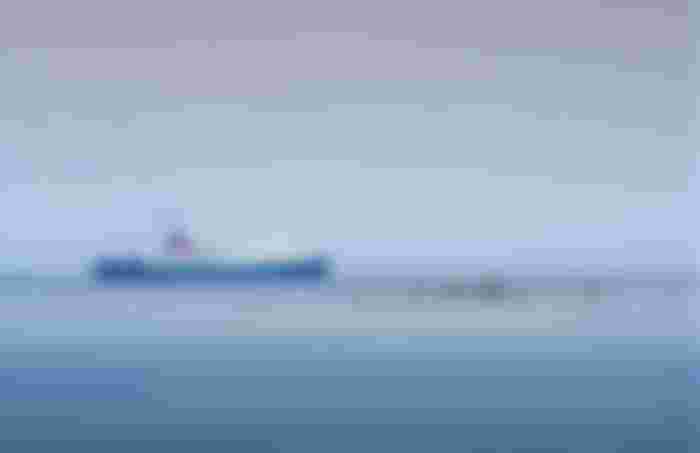
Every time I read about the different places, the background and the people it's like I want to travel instantly.